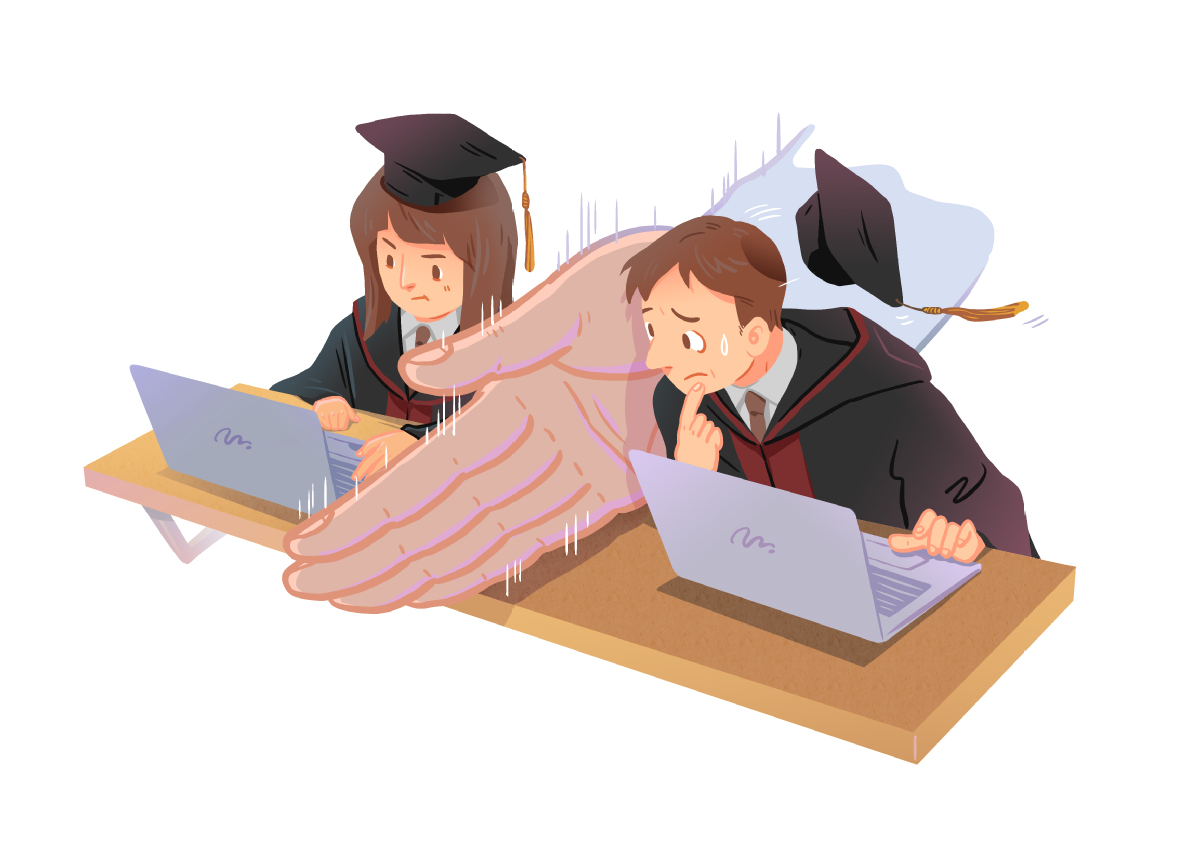Plagiarism includes using words of other people or ideas without proper citation, but you can also do plagiarism. Self-plagiarism means reusing the work already submitted or published for the class. This may include re-submitting the entire paper, paraphrasing or copying passages from the previous lesson, and recycling the old data. The self-plagiarism misleads the readers as the old work is presented in a completely original and new way. If you want to include any idea, data, or text already appearing in the previous paper, it is important to inform the reader about it.

Examples of the self-plagiarism
The different examples of self-plagiarism:
- Handling the papers which have already been submitted in another class.
- Reusing the data and ideas from the bachelor thesis and building them up in the master’s thesis without citing the original work.
- Pasting the paragraphs or sections which are submitted previously in the working paper.
The different forms of self-plagiarism by academics include the following:
- The dataset is used from the previous studies (whether published or not) by not keeping the reader aware.
- Multiple papers are published about a similar study in distinct journals.
- Submission of the manuscript for publication contains data, passages, and conclusions that have already been published.
How Can Self-Plagiarism Be Avoided?
If you are unsure if something will count as self-plagiarism, then it is imperative to check the plagiarism policy of the journal or the university to which you are submitting. There is no such explicit policy of self-plagiarism, so you must follow the guidelines:
For the students
Never use the old assignments – you may be assigned a topic you have already written on a paper. Do not submit the form again, even in a different course. If you want to cover the same idea in your article, then you can:
- Talk to the instructor – Your instructor will let you know if you can reuse it and if reworking some parts of the old assignment is acceptable. For example, this is also the case if you want to build on the previous paper in your dissertation or thesis.
For the academics
Never use the previously published work – There can be copyright infringement and misleading readers if the paper is published by reusing a part of the printed text. It is important to note that your article is written from scratch and is original.
- If you use old ideas or data, always inform the reader – you may want to build on the research if published elsewhere. When you use the material in an original and new way, and the publication is properly cited, it appeared originally, which is most acceptable.
You may also be confused about why you can’t use your work twice. As a reader, whether it is a professor or teacher, how would they react in assessing the same project next year? Try to understand if it is a new project. Then, this will demand more creativity. When you plagiarise your content, you affect your grades and contribute to internet crime. Even if any statement or quote you have originally written in the previous project and you want to use it in some new project, it is important to mention the reference. Otherwise, you will be engaging in plagiarism.
Consequences of the plagiarism
For the students
Self-plagiarism is not as serious as other types of plagiarism. Still, your university will have a specific plagiarism policyIn some universities, violation of the policy of plagiarism results in an automatic zero or suspension.
Under some conditions, the university slows the reuse of the work, but it is imperative to ensure you properly understand the plagiarism policy to avoid such consequences. If your university allows you to use the old job, they provide you check with your professors and get permission before you start.
For academics
The two main consequences for the researcher or an academic who self-plagiarizes are:
- Copyright infringement
- Rejected or delayed publication
If the article submitted by you is just the same as the previously submitted work, then the journal will reject it. A lot of journals also list the guidelines for plagiarism and the requirements of the project submission. So, it is important to make sure to check the specific policy. If the journal’s resubmission of the already submitted work is allowed, you should also check if the original publisher owns the copyright of the paper. If the same material is published elsewhere, you may infringe copyright, which can have legal consequences.
The major consequence of self-plagiarism as a student is that if you are working on an easy article or story and it seems plagiarized from the assignment you have done before, then the publisher may delay publication or even cancel it.
Conclusion
Self-plagiarism exists in a confusing grey area, but just like all plagiarism, it is mainly about academic honesty. The readers must trust that the work submitted should be original and genuine. When you double-check the plagiarism policies and cite them properly, self-plagiarism can be avoided.
It can take time to understand this mind-boggling concept, but it helps you be aware and contribute to the knowledge when you search for a new assignment. Your professors expect your project to be fresh content and more interesting than the previous one. But if you serve with the same old project, they might lose interest or grade less. No student wants this, so it is better to look for new content.




